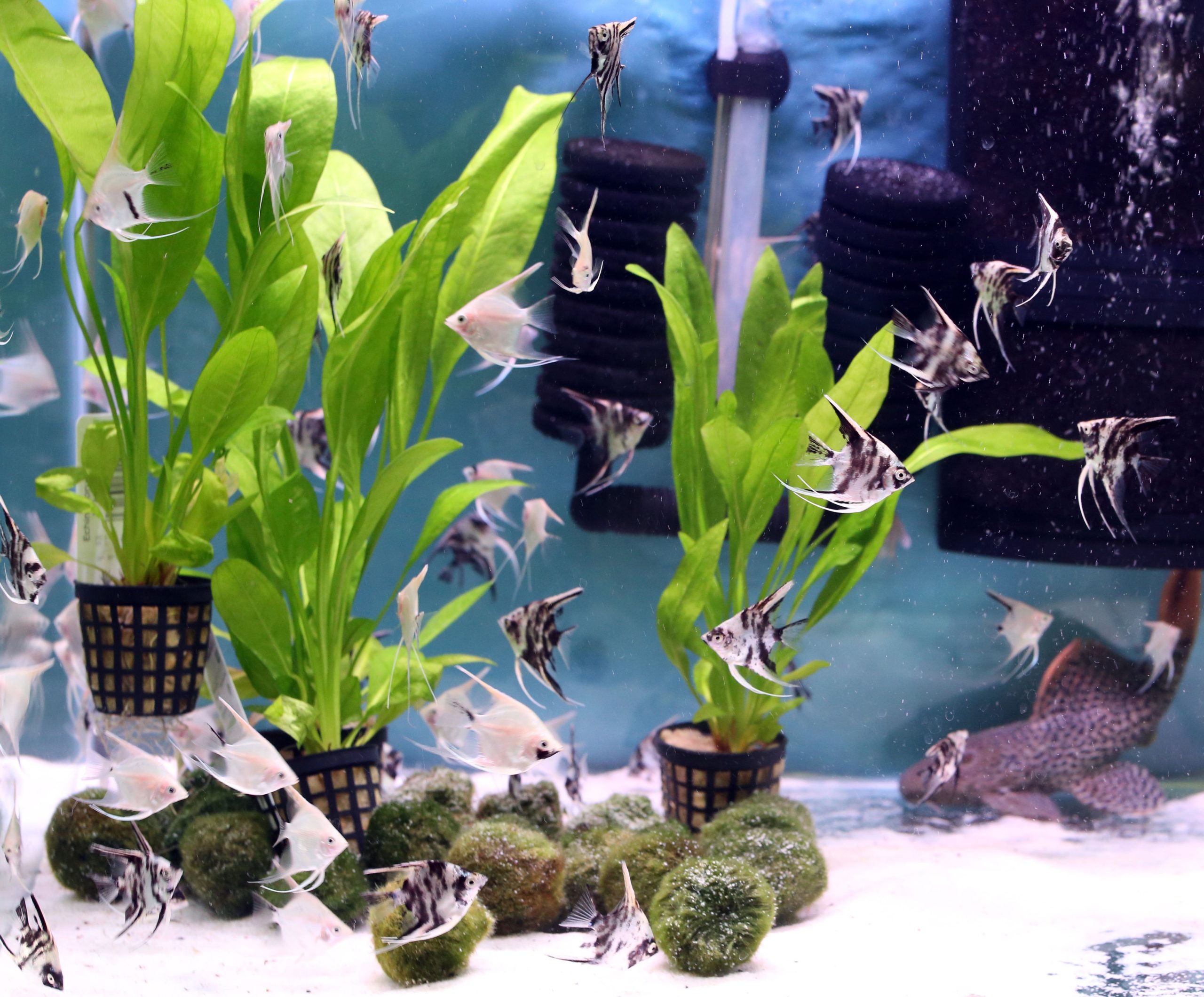Aquatic ecosystems are complex environments where every plant, animal, and microorganism plays a vital role in maintaining the balance of nature. Among the many plants that contribute to this delicate balance, Cryptocoryne stands out as a particularly influential species. Native to Southeast Asia, Cryptocoryne is a genus of aquatic plants renowned for its adaptability and aesthetic appeal. But beyond its beauty, Cryptocoryne plays a significant role in enhancing aquatic ecosystems, offering a range of benefits that support both biodiversity and ecosystem health.
Habitat Creation and Shelter
Cryptocoryne species are known for their diverse forms and sizes, which allow them to thrive in various aquatic environments, from slow-moving rivers to tropical swamps. By forming dense clusters or mats, these plants provide essential habitats for a wide range of aquatic organisms. Fish, amphibians, and invertebrates find shelter within the plant’s foliage, which helps them evade predators and fosters breeding grounds. The dense root systems of crypt also offer shelter for small aquatic creatures, contributing to a more robust and diverse ecosystem.

Water Quality Improvement
One of the most critical roles Cryptocoryne plays is in maintaining and improving water quality. These plants engage in a process known as biofiltration. They absorb excess nutrients such as nitrates and phosphates from the water column, which are often byproducts of fish waste, decaying plant material, and other organic matter. By removing these nutrients, Cryptocoryne helps prevent eutrophication a condition where nutrient overload leads to excessive algae growth and subsequent oxygen depletion.
Oxygen Production
Like all aquatic plants, Cryptocoryne contributes to the oxygenation of its environment through photosynthesis. During daylight hours, Cryptocoryne plants convert carbon dioxide into oxygen, which is essential for the respiration of aquatic animals. This oxygenation process is crucial in maintaining healthy aquatic ecosystems, particularly in densely populated tanks or ponds where oxygen levels might otherwise be insufficient. Enhanced oxygen levels support the well-being of fish and other aquatic organisms, promoting a balanced and thriving ecosystem.
Soil Stabilization
Cryptocoryne plants have extensive root systems that help stabilize the substrate or soil in aquatic environments. This root network reduces sediment resuspension and minimizes erosion, which is especially important in areas prone to strong currents or disturbances. By anchoring the substrate, Cryptocoryne prevents the loss of essential nutrients and provides a more stable environment for other plant species to grow. This stabilization process contributes to the overall health and resilience of the aquatic ecosystem.
Aesthetic and Recreational Value
Beyond their ecological benefits, Cryptocoryne plants are prized for their aesthetic appeal in aquascaping and aquarium hobbyism. This aesthetic value encourages the establishment of aquatic habitats in domestic settings, which can lead to increased awareness and appreciation for the importance of healthy aquatic ecosystems. Enthusiasts who engage with Cryptocoryne in their home aquariums often gain a greater understanding of and commitment to aquatic conservation.
Cryptocoryne is more than just a visually striking plant it plays a crucial role in enhancing aquatic ecosystems. Through habitat creation, water quality improvement, oxygen production, soil stabilization, and aesthetic appeal, cryptocoryne contributes to a balanced and healthy environment. By understanding and appreciating these benefits, we can better support the preservation and enhancement of aquatic ecosystems in both natural and artificial settings.


